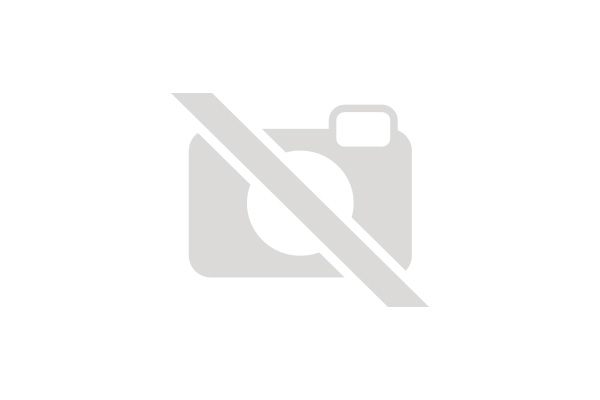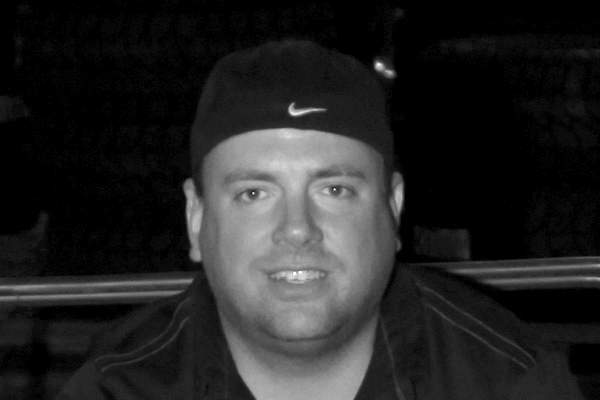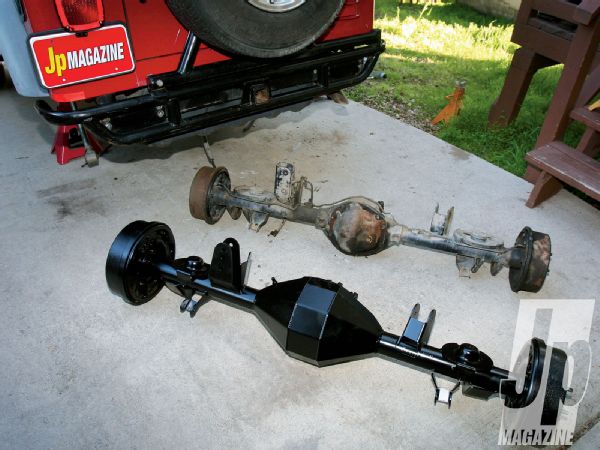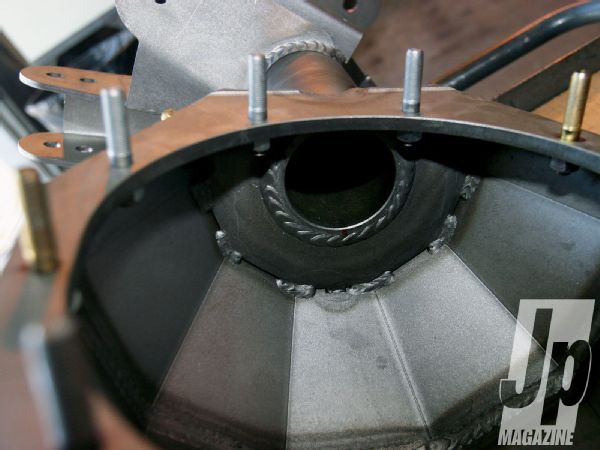
 Pete Trasborg
Brand Manager, Jp
Pete Trasborg
Brand Manager, Jp
In last month's issue, we hemmed and hawed about what axle we should put in the back of our '01 Wrangler. It isn't an extreme rig-we use it for daily driving and weekend warrior type of stuff. We want to be able to go out wheeling on the weekend and have the peace of mind that it will get us to work come Monday.
 Currie Enterprises offers powdercoating for its axles, but once you start scraping the axle over some off-road obstacles, good luck fixing the damaged powdercoating. We took the company's suggestion and painted our axle with some semi-gloss Rustoleum Stops Rust. Looking inside the F9 housing, the studs are threaded-into the 3/8-inch-thick face and then double-nutted from the back for the ultimate in retention. No problems with them pulling out, spinning, or pressing back in when you put the third member in. The stiffener plate and triangular welded-in reinforcements provide additional strength to an already strong housing. Due to the design of this housing, we think that only the most abusive will need the optional add-on truss.
Currie Enterprises offers powdercoating for its axles, but once you start scraping the axle over some off-road obstacles, good luck fixing the damaged powdercoating. We took the company's suggestion and painted our axle with some semi-gloss Rustoleum Stops Rust. Looking inside the F9 housing, the studs are threaded-into the 3/8-inch-thick face and then double-nutted from the back for the ultimate in retention. No problems with them pulling out, spinning, or pressing back in when you put the third member in. The stiffener plate and triangular welded-in reinforcements provide additional strength to an already strong housing. Due to the design of this housing, we think that only the most abusive will need the optional add-on truss.
We decided that the Dana 60-based options were total overkill for our application, and since we'd already mangled a TJ Dana 44, we wanted something a bit stouter than that. We came down firmly in the Currie Enterprises camp with one of its F9 housings and outfitted it with sensibly-priced options to keep overall costs down.
The one thing we did spring for was the ARB Air Locker. Some of us would rather not run an automatic locker in a daily-driven Jeep, and because of that, the ARB was chosen. Sure, it is the single most expensive part in the whole rearend build, but in our opinion, well worth it in a dual-purpose vehicle. We went with a regular low-pinion 9-inch third member, lower-tier gears, and plain-Jane drum brakes, which allowed us to reuse a lot of our stock stuff on the install.

We discuss how the formed 3/16-inch-thick steel housing increases ground clearance and how the F9 is way stronger than a stock 9-inch housing. But following our axle through the buildup gave us a better understanding of the improvements, and we picked up some tips and trivia to share with you along the way.
PhotosView Slideshow

 PhotosView Slideshow
PhotosView Slideshow


 PhotosView Slideshow
PhotosView Slideshow

 PhotosView Slideshow
PhotosView Slideshow


